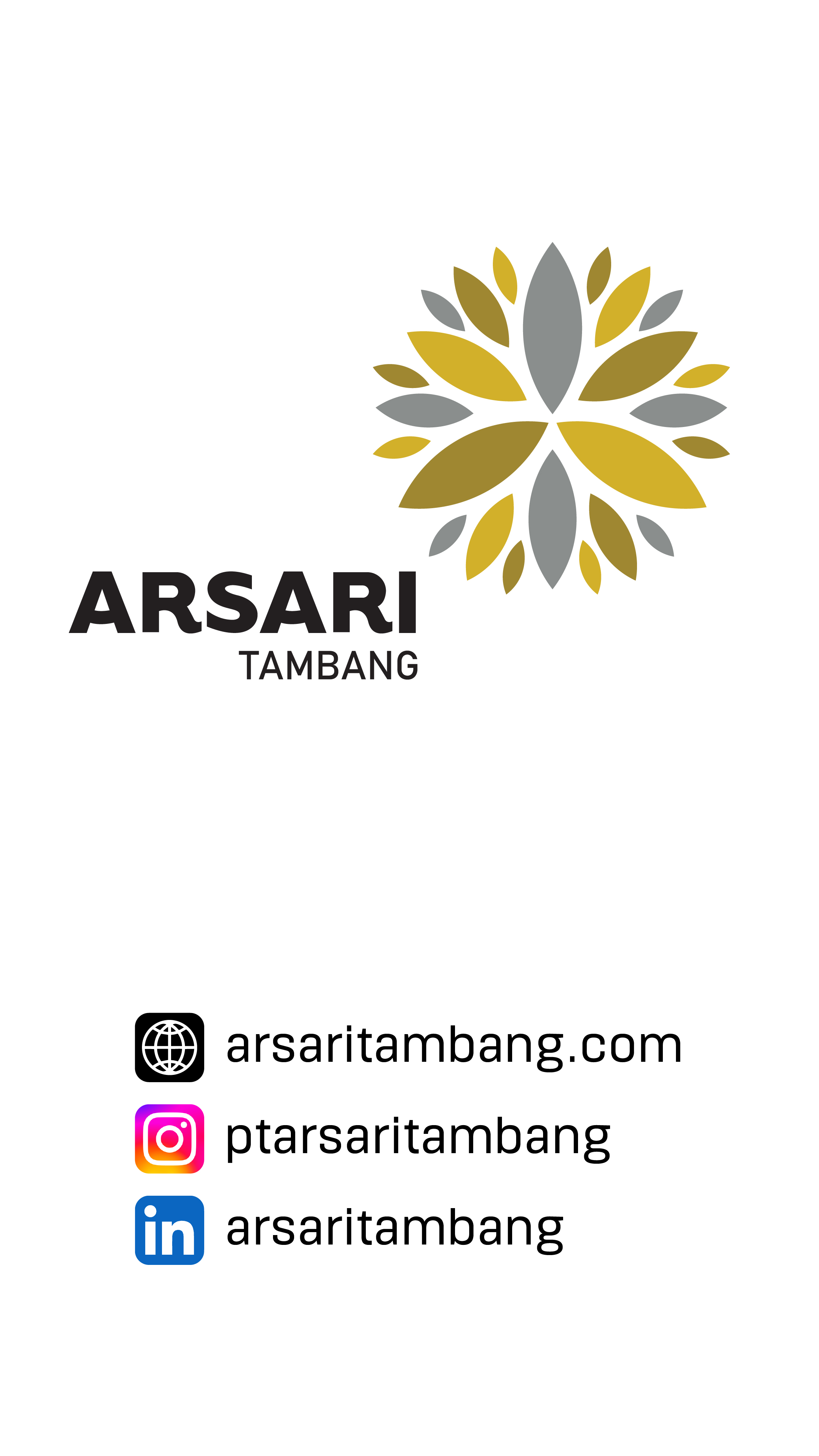



SARGA.CO – When it comes to horse racing, chances are you’ve heard someone mention the Arabian horse. Known not only for its stunning beauty and captivating temperament, the Arabian is also celebrated as a superior runner with remarkable endurance across all terrains. It’s no wonder so many equestrian enthusiasts have fallen in love with this amazing animal.
It is said that legendary figures such as Genghis Khan, Napoleon Bonaparte, George Washington, and Alexander the Great owned and rode Arabian horses.
Many believe that Arabian horses first arrived in the United States in the 1700s, with the Arabian Horse Registry of America being established in 1908.
The Arabian horse has contributed elegance, spirit, and intelligence to nearly every existing horse breed. In fact, many pony breeds and hot-blooded horse breeds are believed to trace their lineage back to Arabian ancestors.
Although their precise origins remain the subject of ongoing research, most experts agree that the Arabian horse originates from the Arabian Peninsula. Evidence suggests that Bedouin tribes have been riding them as far back as 3,000 BC, based on meticulously preserved pedigrees and lineage records.


According to thesprucepets.com, in ancient times, Arabian horses were used for transportation, carrying loads, and in warfare. They were so highly prized that their handlers were said to bring them into tents at night to provide warmth and protection.
Arabians are generally smaller than many riding horses, standing between 1.4 - 1.6 meters (around 14 to 16 hands) and weighing 380–450 kilograms. Their bones range from fine to medium in density.
Through selective breeding, modern Arabians have a more upright posture, yet they still retain their refined and graceful appearance.
Breeders often select Arabians for their endurance and athletic ability. With a perfectly balanced physique, Arabians excel in nearly all equestrian disciplines thanks to their strength, agility, and stamina.
They are particularly sought after for endurance racing, capable of handling extreme heat and challenging terrains. At the same time, they are elegant dressage performers and can be as impressive on the racetrack as any Thoroughbred, also standing out in show rings.


The Arabian Horse Association recognizes purebred Arabians in bay, gray, chestnut, black, and roan coat colors. These horses may also feature distinctive white markings on the face and legs, such as socks or full stockings.
Certain bloodlines, as the Crabbet line, are renowned for signature traits, including tall white socks and prominent facial blazes.
Purebred Arabians never come in dun, cremello, palomino, or buckskin colors because they do not carry the dilution gene. Sabino—a white spotting pattern on the skin and coat—is the only pinto-like marking present in purebred Arabians.
Their skin is typically black, except for white markings. This dark pigmentation protects them from the intense desert sun.
Despite being the ancestor of many modern breeds, the Arabian stands out for its distinct physical features: a long, arched neck, a concave facial profile, and a high tail carriage.
Arabians have a smooth, floating gait and are exceptionally comfortable to ride for their size. They are also renowned for their endurance, which makes them highly competitive in equestrian sports.






















































Install SARGA.CO News
sarga.co